The purpose of the people involved
Last month, President Donald Trump revealed that he had sent a letter to Iran’s Supreme Leader, Ayatollah Ali Khamenei, proposing new negotiations on the nuclear deal that the US unilaterally abandoned during his first term in 2018. Mr Trump went on to threaten Iran with “unprecedented” bombings if Tehran rejected the offer.
On April 7, during talks with Israeli Prime Minister Benjamin Netanyahu at the White House, President Donald Trump emphasized his preference for a diplomatic solution. “We are having direct talks with Iran. It will be later this week. We have a very important meeting and we will see what happens,” he told reporters. “I think everyone agrees that it would be better to make a deal.”
Not content with just statements, in the past month, the US has significantly increased its aircraft carrier strike group in the Red Sea, transferred a squadron of fifth-generation F-35 fighters and A-10 Thunderbolt II attack aircraft to Jordan, and concentrated seven B-2A Spirit strategic bombers at a base on the British island of Diego Garcia in the Indian Ocean. US military commanders in the Middle East have also been ordered to “prepare for all situations”.
Iran is not far behind and has issued equally harsh warnings. Speaking at a meeting with senior commanders of the Islamic Revolutionary Guard Corps (IRGC) on April 7, Chief of the Joint Staff, Major General Hossein Salami, said Iran “is not at all afraid of war. We will not wage war but are ready for any war.” He added that Iran has developed strategies to defeat any enemy and repel psychological operations as well as direct military attacks.
Tehran has also responded proportionately to the US buildup by placing its military on high alert and closing airspace over parts of the country; declaring its intention to review its defense doctrine if the escalation continues.
Iran wants to prove by all means that attacks on Iranian territory would be a risky adventure for the US. Observers say that Iran currently possesses a powerful, modern arsenal of ballistic and cruise missiles, even including new developments that its opponents have not yet fully anticipated.
Despite the fact that the US administration is trying to link its military presence in the region to the latest events on the global agenda, especially military conflicts in the Red Sea and Lebanon, the crux of US-Iran tensions remains Iran's nuclear profile. The International Atomic Energy Agency (IAEA) said that since the US withdrew from the Iran nuclear deal, also known as the Joint Comprehensive Plan of Action (JCPOA), Iran has far exceeded its uranium enrichment limits. By March 2025, the IAEA estimated that Iran had stockpiled about 275 kg of 60% enriched uranium, approaching the 90% threshold for making nuclear weapons.
Although US intelligence has recently stopped talking about Tehran’s “two-week leap” in its nuclear weapons development program, information about Iran’s progress toward acquiring nuclear weapons continues to circulate in the press and among senior US officials, raising fears of a “nuclear Iran” and forcing the US to increasingly put pressure on Tehran.
Despite the bellicose rhetoric of recent weeks, the US and Iran are still engaged in indirect talks through Oman. The core agenda is, of course, the future nuclear deal. However, it is clear that the US administration is not satisfied with the work of the Omani mediators and is trying to speed things up by applying maximum pressure. This approach is fully consistent with the “maximum pressure policy” on Iran that President Donald Trump pledged during his election campaign.
Variables from external factors
The US’s concerns are being passed on to the other parties to the nuclear deal. This is most evident in statements from the French government. On April 2, French Foreign Minister Jean-Noel Barrot warned of the risk of a military confrontation over Iran’s nuclear program.
Other European representatives appear to be keeping calm and maintaining contact with Tehran. British diplomats have held talks with their Iranian counterparts over the past month on the nuclear issue. German negotiators are said to be drawing up similar plans.
However, the overall stance of the “European trio” seems to be increasingly sceptical. Europe has not abandoned sanctions and is ready to tighten them further if the nuclear issue is not resolved by June 2025. This contributes to hardening Iran’s rhetoric, encouraging it to deliberately cross the “red line”.
Will the US and Iran move from open threats to actual combat? That question remains open, in part because the nature of the conflict involves so many variables that could affect the outcome in the most unpredictable ways.
The first variable is Israel, which has its own interpretation of the US-Iran diplomatic tensions. Prime Minister Benjamin Netanyahu’s government is excited by President Trump’s intention to “slam” the Iranian nuclear dossier. Moreover, Israel is happy that Washington is less involved in its regional activities. While the previous Joe Biden administration tried to restrain Israel and impose an American formula for resolving crises in the Middle East, President Trump seems to be giving more power to the Netanyahu government, from Gaza, Lebanon, and now Iran.
Another variable could be America’s Arab allies. Most of these countries are unhappy with the escalation between Tehran and Washington, worried about the increased US military presence in the region, which could escalate tensions into direct military conflicts, affecting their national security environment. Especially in the context of the Gulf states’ long-standing efforts to ease relations with Tehran through China’s active mediation role.
This partly explains why there is no large concentration of US forces at Al Udeid Air Base in Qatar, one of the largest US military facilities on the Arabian Peninsula. Although the base is closer to potential US targets, it could still be vulnerable to a preemptive Iranian strike if the conflict escalates. It is no coincidence that President Donald Trump is planning a visit to Arab allies in May. The agenda will likely focus on strengthening US-allied coordination in dealing with the Iranian nuclear issue.
Hung Anh (Contributor)
Source: https://baothanhhoa.vn/binh-luan-quoc-te-phuong-trinh-cua-su-thu-dich-245350.htm


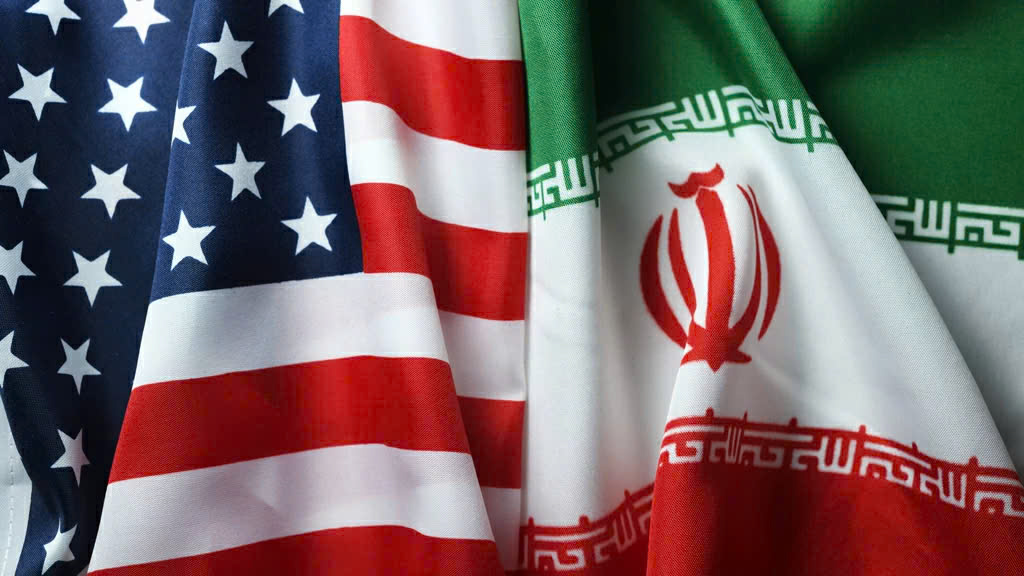
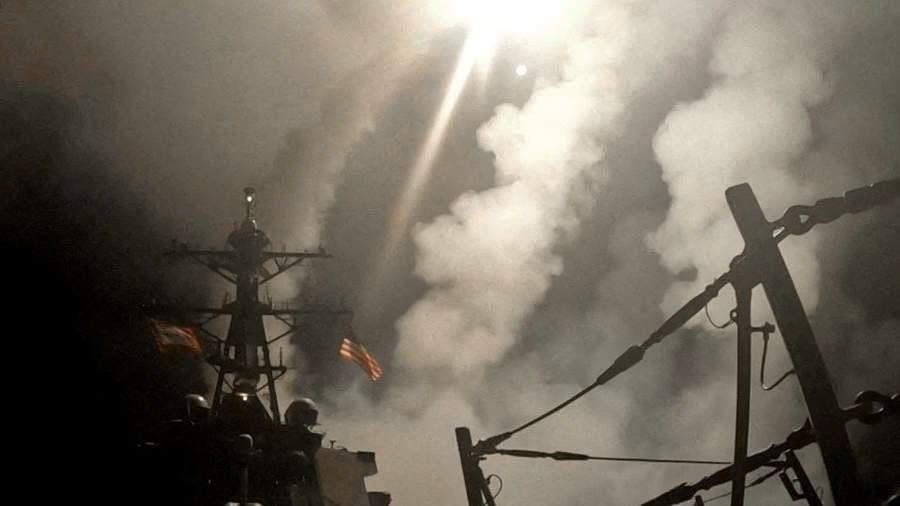


![[Photo] A delegation of 100 journalists from the Vietnam Journalists Association visits the soldiers and people of Truong Sa island district.](https://vphoto.vietnam.vn/thumb/1200x675/vietnam/resource/IMAGE/2025/5/30/0984a986227d4e988177f560d2e1563e)

![[Photo] Prime Minister Pham Minh Chinh attends the event "Digital transformation of the banking industry by 2025"](https://vphoto.vietnam.vn/thumb/1200x675/vietnam/resource/IMAGE/2025/5/29/0e34cc7261d74e26b7f87cadff763eae)


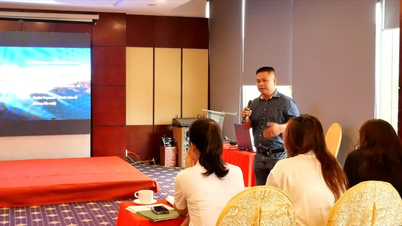












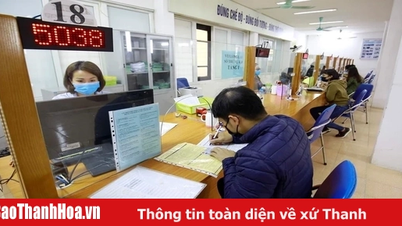
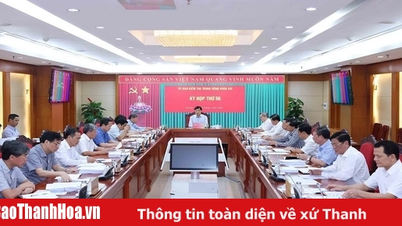



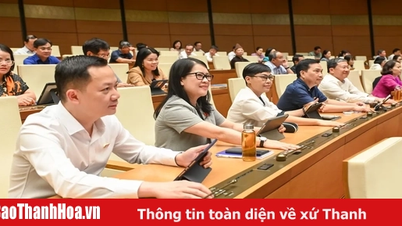







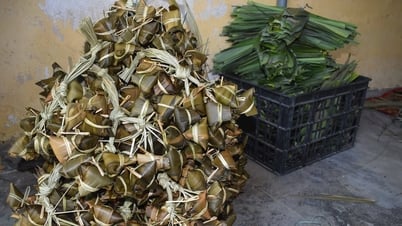

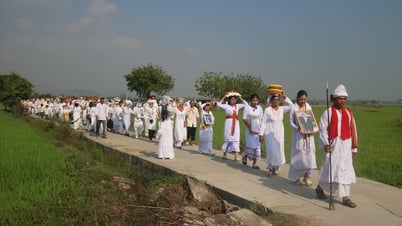






























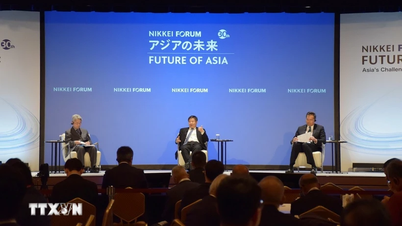


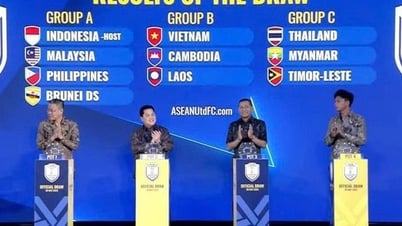







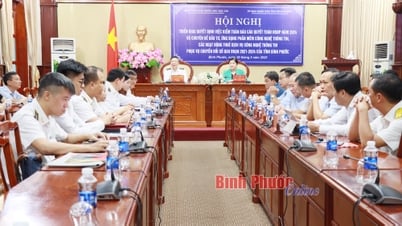

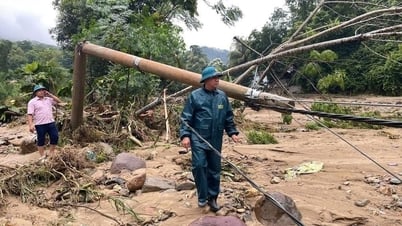










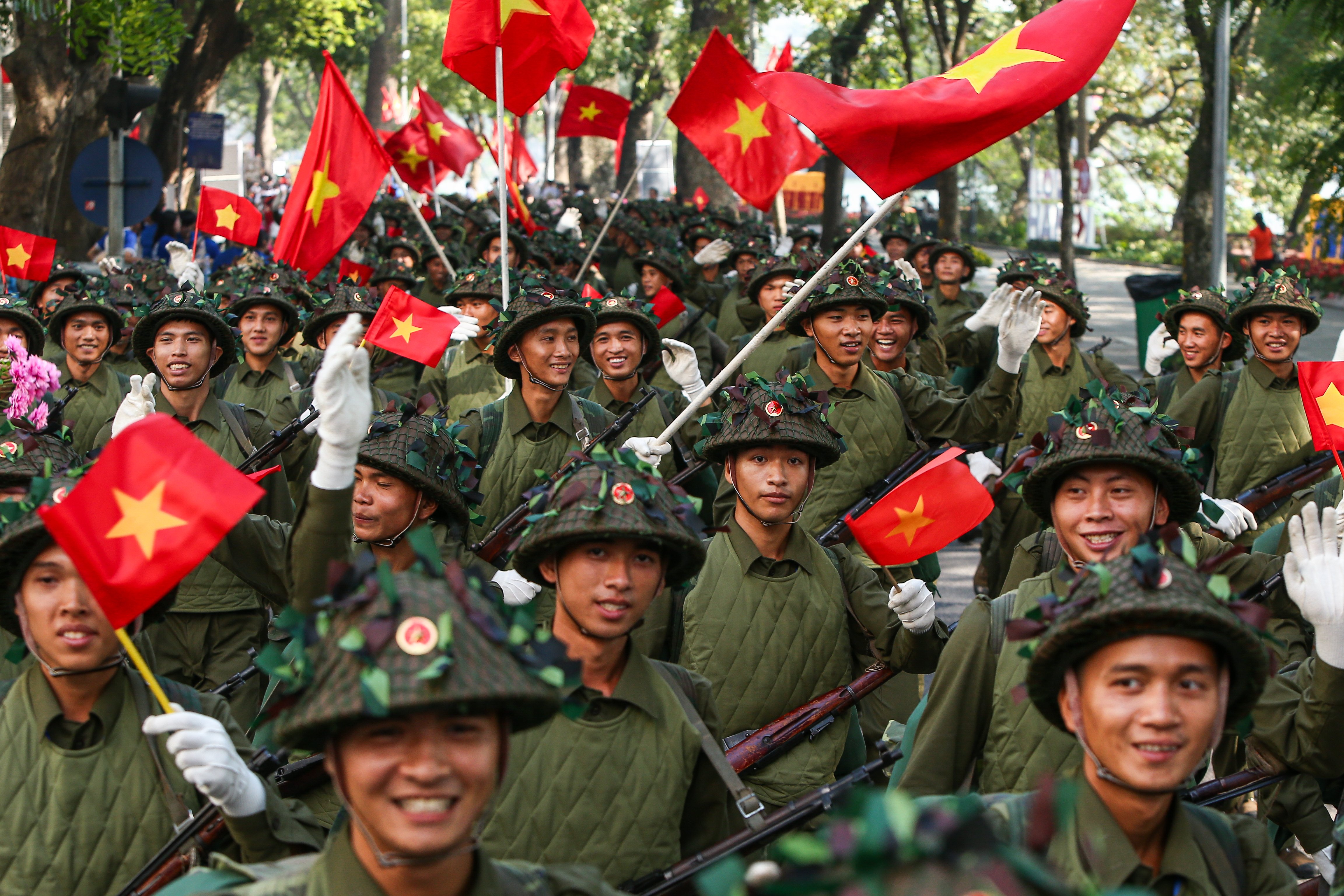



Comment (0)